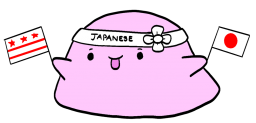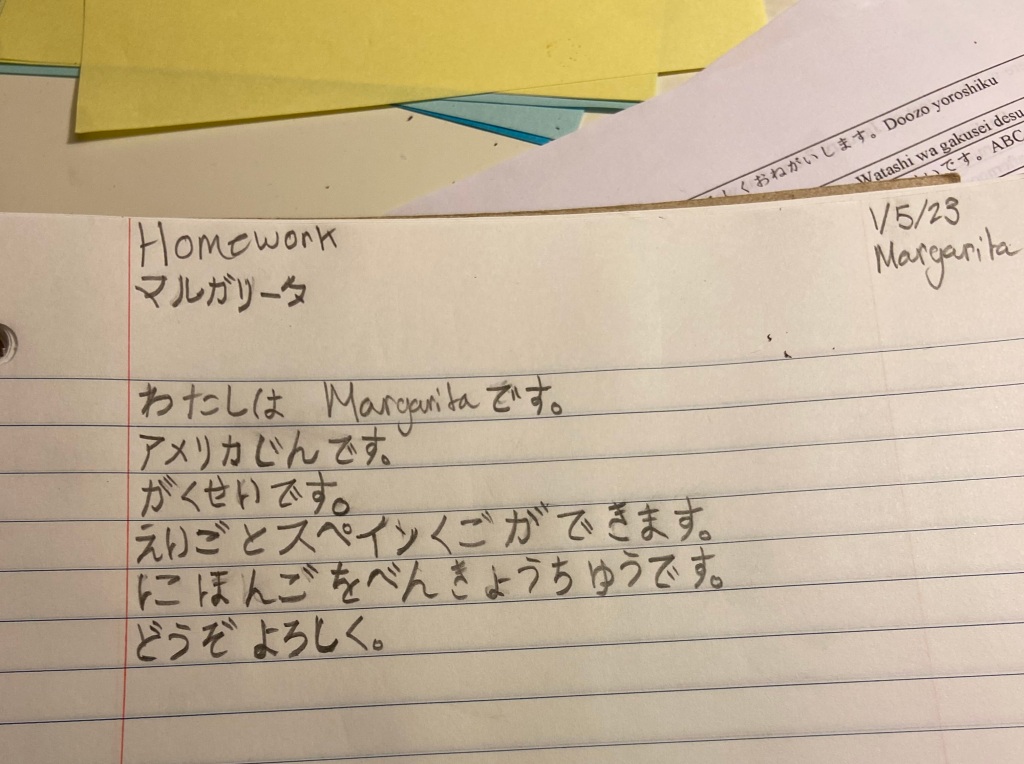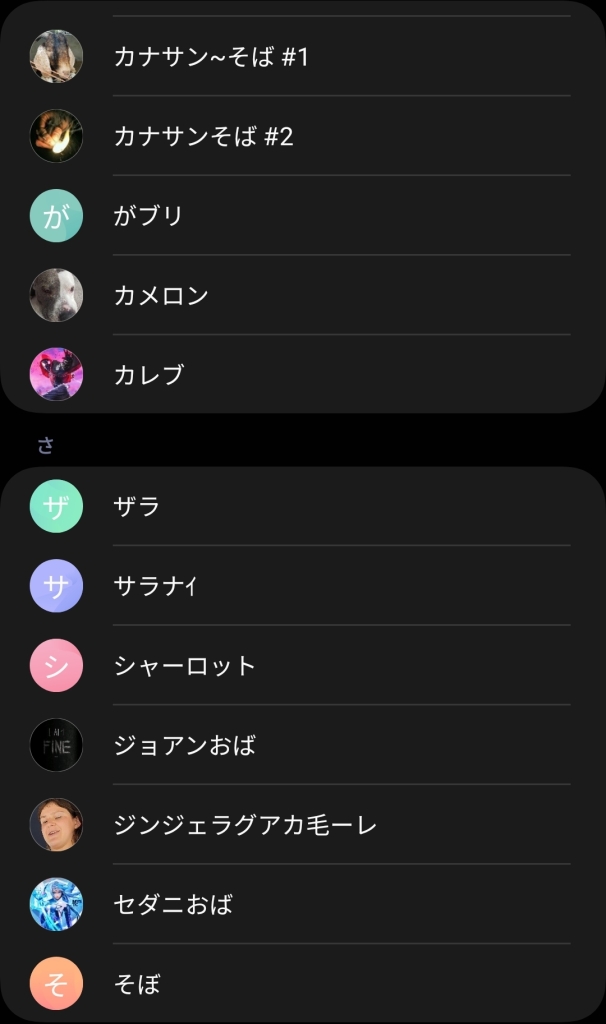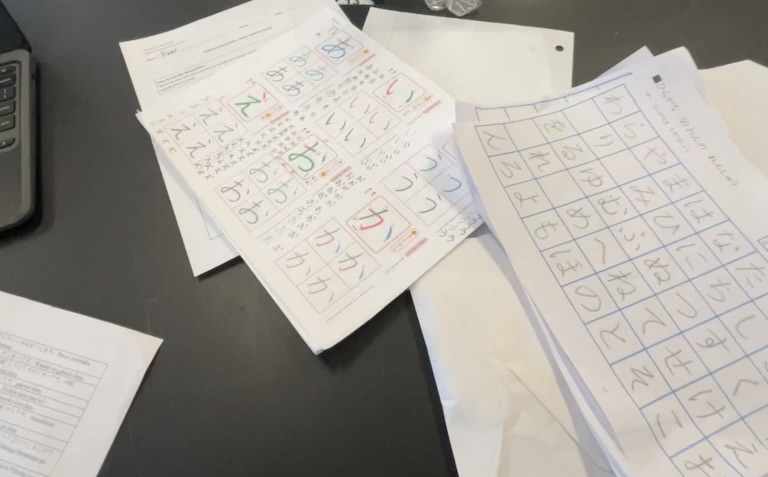
By Zion Daodu
As a student of Japanese Plus, one thing I have been loving lately is a high school program I recently learned about. In case you are wondering what this program is about, here is a little insight. High School Diplomats (HSD) is a scholarship program that brings together high school students from the United States and Japan each summer through two parallel cultural experiences. US students in 10th or 11th grade are eligible to apply, and if they successfully complete the program, they may get the chance to actually travel to Japan the following year!
Have you ever wondered about living with someone you haven’t met before for a couple weeks? Well, I hadn’t, but one thing is for sure, it would be one of the best feelings. This is the most important part of the process of the program – cohabitating with other students just like me and you who just have different cultural backgrounds.
I heard about High School Diplomats from their representatives Celine Zapolski and John who visited our Japanese Plus class on a Saturday to speak to us about the program and answer our questions. The program is not just all fun; we also learn so as to be able to interact with Japanese students. For example, learning something new in your Japanese language class, you get to practice with your roommate. He/she corrects any mistakes and vice versa. This makes everyone feel welcome.
But all work and no play makes Jack a dull boy. Engaging in different activities makes you talk to a lot of people. You cannot just hang around your roommate only. For different activities every day you talk to different people. You not only learn the Japanese language – it goes further into the culture, food, fashion and many more things.
This program also helps build friendships among young people. One of the representatives, John, who also took part in the program, is still in touch with his friends that he met during this program. From what I have heard from Celine and John, the whole process is a fun one and one that I would love to be a part of.
On behalf of the Japanese Plus program of Globalize DC we would like to express our appreciation to the High School Diplomats for giving us this opportunity to learn about their program. Though the application deadline for 2023 has passed, if you are interested in joining next year, go to www.highschooldiplomats.com.











